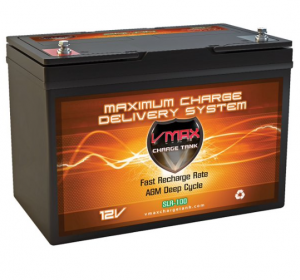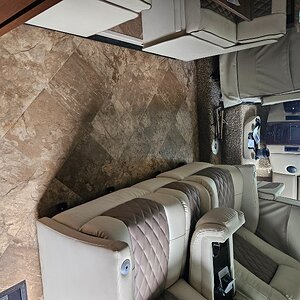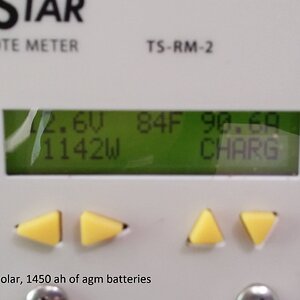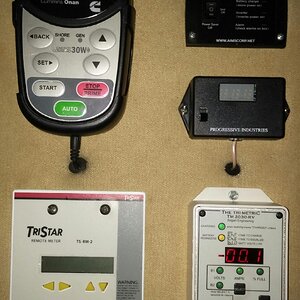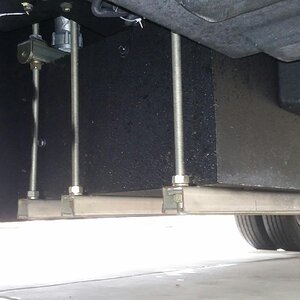FLPeterson
RVF Regular
- Joined
- Jun 14, 2020
- Messages
- 29
- Location
- Texas
- RV Year
- 1982
- RV Make
- Fleetwood
- RV Model
- Jamboree Ralley
- RV Length
- 25 ft
Hello,
I just purchased a 1982 Chevy Van G30 Conversion Camper. It is most assuradly a classic. It has just a few issues needing to be addressed but nothing super big.
Right now I am shopping for a battery. The problem is I have no idea what I'm reading while examining the details of the different options for a "house" battery. I am looking for one that will power what it needs to. Which is not much. I want to make sure I have all the power I need for a good long stay out in the middle of nowhere.
My camper has a single 12V 50A sealed deep cycle marine battery in it. At least that is what I was told. The current "house" battery has no markings on it at all! I found an owners manual online. It confirmed what the mechanic said.
In my truck the battery is under the hood on the opposite side of the trucks battery. The negative is on the left.
Could someone please help me with advice on this subject
I just purchased a 1982 Chevy Van G30 Conversion Camper. It is most assuradly a classic. It has just a few issues needing to be addressed but nothing super big.
Right now I am shopping for a battery. The problem is I have no idea what I'm reading while examining the details of the different options for a "house" battery. I am looking for one that will power what it needs to. Which is not much. I want to make sure I have all the power I need for a good long stay out in the middle of nowhere.
My camper has a single 12V 50A sealed deep cycle marine battery in it. At least that is what I was told. The current "house" battery has no markings on it at all! I found an owners manual online. It confirmed what the mechanic said.
In my truck the battery is under the hood on the opposite side of the trucks battery. The negative is on the left.
Could someone please help me with advice on this subject
Last edited:
